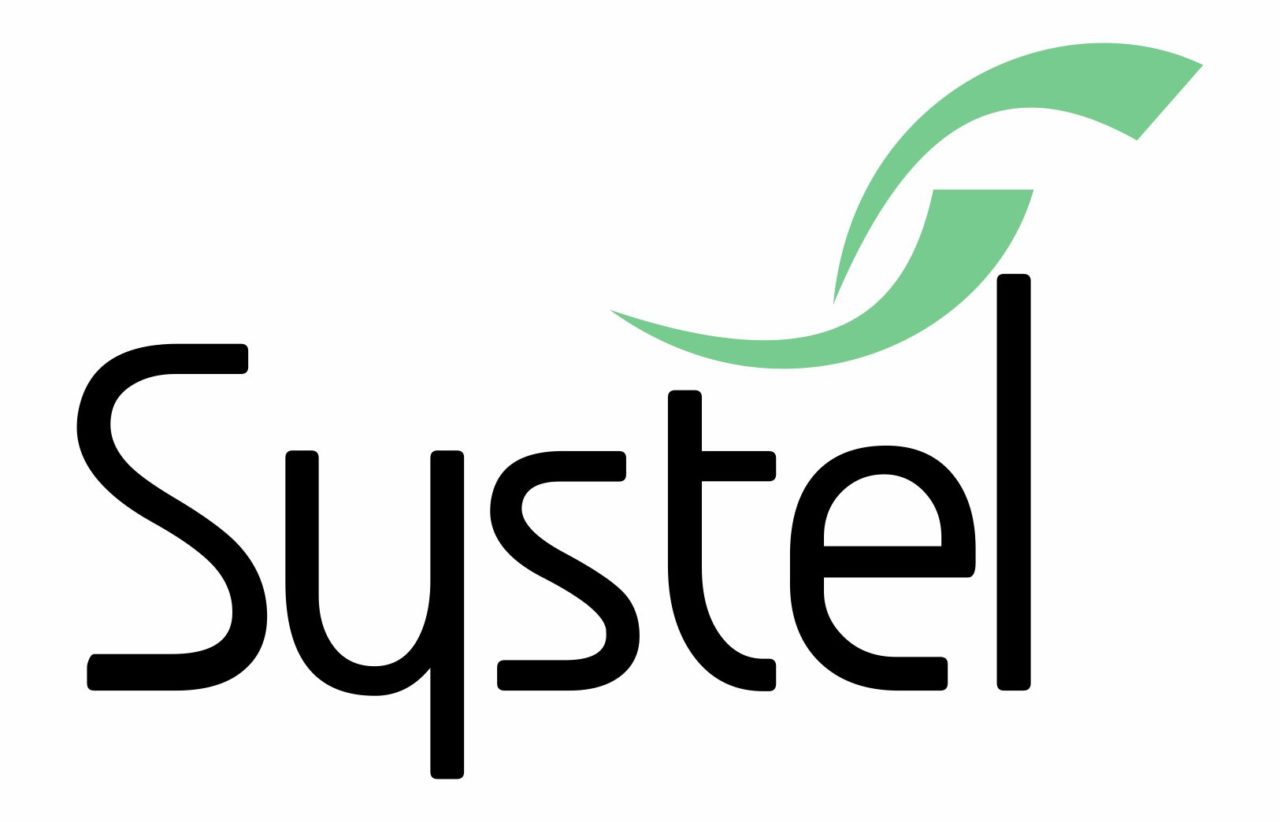No products in the cart.
Fundamentals of Pneumatic Systems :
This programme is designed as a general introduction to pneumatics and aims to familiarise delegates with the design, construction and operation of pneumatic components. This includes the interpretation of circuit drawings and symbols as well as the construction of control systems.
A complete overview is given, covering compressors, storage, dryers and distribution as well as the design, construction and operation of actuators, valves and airline equipment. The relevant ISO symbols are introduced and included in the circuit diagrams. Practical sessions allow delegates to put theory into practice. Working from the drawings they have produced, delegates must select the correct components from a range of equipment and build the circuits, making the necessary adjustments for pressure, flow and sequence. A strong emphasis is placed on safety and appropriate working practices throughout the course, especially during the practical Sessions.
Target Group :
All personnel involved with the design, installation, maintenance, operation, servicing and buying of industrial pneumatic equipment and basic control systems.
Training Outcomes :
On completion of the course, participants will be able to:
• Recognise the construction and application of actuators, valves, filters, regulators, lubricators and associated pneumatic products.
• Understand the units and measurements associated with compressed air systems.
• Recognise pneumatic symbols drawn to the relevant standards (ISO 1219).
• Design and assemble simple applications. • Face faulty circuits with confidence.
Trouble Shooting & Maintenance in Pneumatic Systems :
Designed as an introduction to common mistakes, fault finding, maintenance and inefficiency in pneumatics / electro-pneumatics systems. This course gives a comprehensive introduction to identifying components, reading pneumatics circuits and chasing faults, which apply to multiple engineering type roles.
This foundation of learning will improve your approach to maintenance, dealing with break- downs efficiently. Practical sessions allow delegates to put theory into practice. Simulating various common problems help delegates understand the reasons and consequences of issues from real life. We aim to ensure an effective transfer of learning, to obtain the skills needed.
Training Outcomes :
• Follow a logical approach to fault finding – Enables participants to establish the root cause of the problem quickly and avoids costly downtime.
• Eliminate unnecessary checks and replacement of parts – Establishes the root cause quickly and avoids unnecessary component replacement costs.
• Reduce mean time to repair – Be able to fix faults faster, get machines up and running quicker, therefore reducing downtime.
• Interpret pneumatic / electro-pneumatic circuit diagrams, chase faults more efficiently – Understand the importance of using a circuit diagram as an aid to fault finding.
• Maintain pneumatics systems in good condition – Carry out proactive maintenance tasks to extend mean time between failures.
• Approach breakdowns systematically to find the root cause of the problem – Enables the engineer to find the cause of the failure and to prevent reoccurrence.
• Understand component functionality to establish if components are faulty or not. Avoids the unnecessary swap out of healthy components during breakdown scenarios.
• Make correct adjustments to optimise system performance – Improves quality, efficiency and lifecycle of the machine.
• Understand the relationship between pressure and flow – Solve machine performance issues, explain what to check and adjust, in order to maximise efficiency and productivity.
• Deal with intermittent pressure drops/fluctuations – Understand how the distribution of air can affect the performance of production lines/machines and how to check for this.
• Explain common mistakes/faults and the causes/consequences – Enables the sharing of good practice within the production team to reduce common issues.
• Understand the importance of safe practices – Identify potential hazards and perform safe practice during the fault-finding procedures.
Target Group :
Anyone involved within maintenance, production, design, installation, operation and servicing of
industrial pneumatic equipment and control systems.
